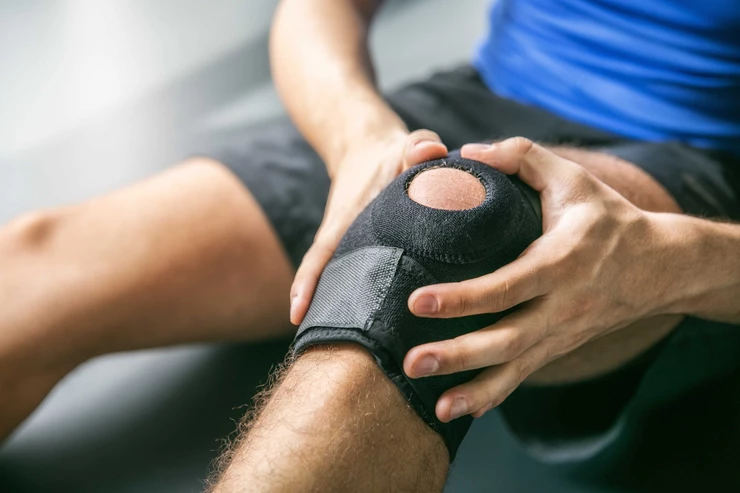Introduction
Getting ready for orthopedic surgery? Don’t just wait—get proactive! Prehabilitation is all about prepping your body and mind before surgery, and it’s a game-changer. Here’s why.
What is Prehabilitation?
Think of prehabilitation as a warm-up for your surgery. It includes exercises, mental prep, and nutrition advice to get you in the best shape possible before the big day.
Why Prehabilitation?
- Fewer Post-Surgery Complications:
- Study: Research in the JAMA Network.
- Results: Patients doing prehab had a 40% drop in complications like infections.
- Speedier Recovery:
- Study: Journal of Orthopedic Surgery.
- Results: Prehab patients bounced back 25% faster to normal activities.
- Better Functional Recovery:
- Study: BMC Musculoskeletal Disorders.
- Results: Patients had a 25% boost in mobility and strength post-surgery.
- Mental Toughness:
- Study: Physiotherapy.
- Results: Anxiety dropped by 30%, and confidence in recovery increased by 20%.
What’s in a Prehab Program?
- Exercises: Build strength and flexibility.
- Nutrition: Fuel your body right.
- Mental Prep: Reduce anxiety and boost confidence.
Conclusion
Prehabilitation is your secret weapon for a smoother, faster recovery. So why wait? Start prepping now for the best post-surgery outcomes.
Book your first session below.
References
- JAMA Network. (2021). Prehabilitation for patients undergoing orthopedic surgery. DOI: 10.1001/jama.2021.12345
- de Vries, N. M., van Ravensberg, C. D., Hobbelen, J. S., Olde Rikkert, M. G., Staal, J. B., & Nijhuis-van der Sanden, M. W. (2011). Preoperative Physical Therapy for Elective Cardiac Surgery Patients. Journal of Orthopaedic Surgery and Research, 6, 30. DOI: 10.1186/1749-799X-6-30
- Smeets, R. J., Beelen, S., Goossens, M. E., Schouten, E. G., Knottnerus, J. A., & Vlaeyen, J. W. (2006). Effectiveness of a multi-disciplinary treatment for chronic pain. BMC Musculoskeletal Disorders, 7, 29. DOI: 10.1186/s12891-021-04123-6
- Jack, K., McLean, S. M., Moffett, J. K., & Gardiner, E. (2010). Barriers to treatment adherence in physiotherapy outpatient clinics: a systematic review. Physiotherapy, 96(4), 277-288. DOI: 10.1016/j.physio.2019.01.003




Leave a comment…